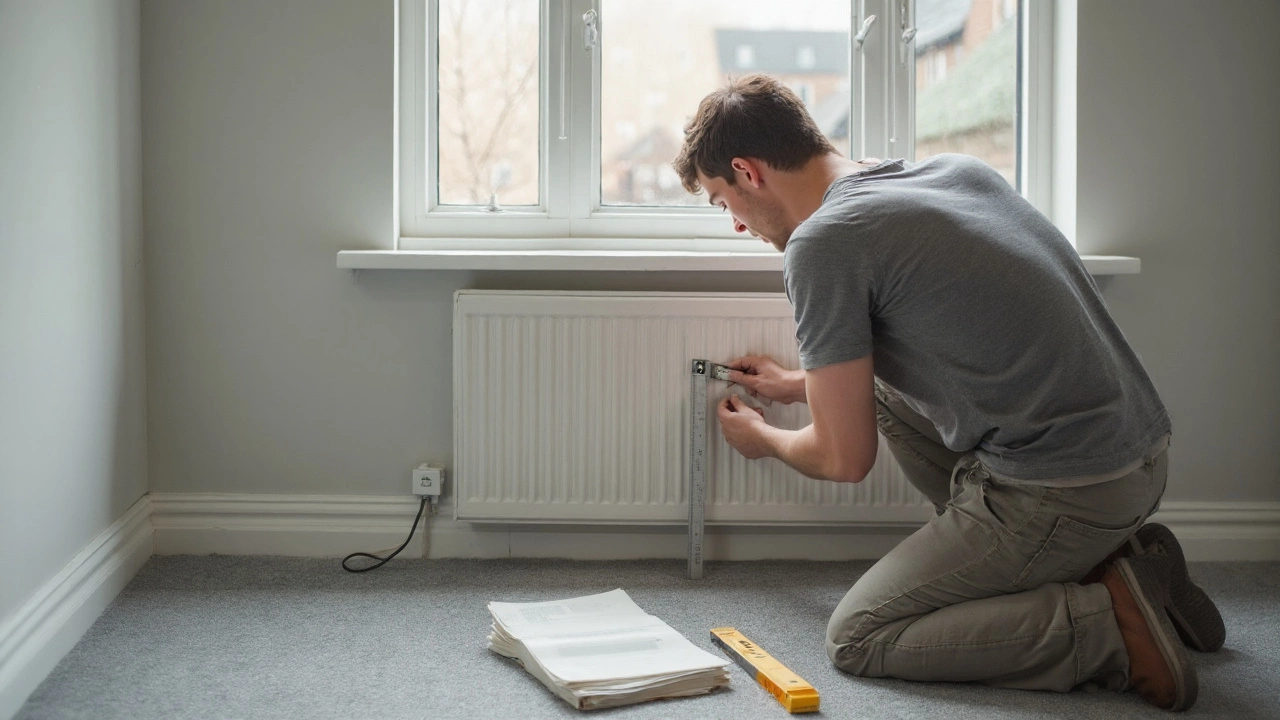New Build Cracking: What It Is and How to Deal With It
If you’ve just moved into a brand‑new home and spot cracks in walls or floors, you’re not alone. Cracking is a normal part of a building settling, but not every crack is harmless. Knowing the difference between a tiny hairline line and a serious structural problem saves you time, money, and headaches.
Why New Builds Crack – the most common reasons
First off, every building shrinks a bit as concrete dries and steel settles. This shrink‑age can leave faint, map‑like cracks that don’t affect safety. More often, cracks show up because of poor ground preparation, rushed concrete pours, or temperature swings during construction. If the soil underneath wasn’t compacted properly, the foundation can shift and cause wider cracks. Likewise, using the wrong cement mix or pouring concrete on a cold day can lead to weak spots that open up later.
Quick ways to spot a real problem
When you walk through your new home, keep an eye out for cracks that are:
- Wider than 2mm (about the thickness of a pencil).
- Growing longer or deeper over weeks.
- Located near doors, windows, or load‑bearing walls.
- Accompanied by uneven floors, doors that stick, or windows that won’t close.
These signs often mean the structure needs attention. A simple visual check isn’t enough – measuring the crack with a ruler and noting any change over a few days helps determine if it’s staying put or getting worse.
When you spot a suspicious crack, call a professional fast. At McNeil Plumbing & Construction Services we combine plumbing know‑how with structural repair expertise. Our team can assess the crack, identify the cause, and recommend the right fix – whether that’s injecting epoxy, adding a carbon fiber strap, or rebuilding a section of the foundation.
**Typical repair options**
- Epoxy injection: Works well for small to medium cracks in concrete. The resin fills the gap and restores strength.
- Carbon fibre reinforcement: Ideal for larger cracks that need extra support without a full rebuild.
- Foundation underpinning: If the soil has shifted, we may need to deepen footings or add steel piles.
- Re‑pouring concrete: In cases where the original pour was botched, a fresh layer can eliminate weak spots.
Every fix starts with a thorough inspection. We’ll check moisture levels, look for signs of movement, and test the surrounding structure. That way you only pay for what’s truly needed, not a blanket repair that wastes money.
**Prevent future cracking**
Good construction habits go a long way. Proper site drainage, using the right concrete mix, and allowing sufficient curing time all cut down on shrinkage cracks. Regular maintenance, like clearing gutters and checking for soil erosion, also keeps the foundation stable for years.
If you’re already seeing cracks, don’t wait for them to get bigger. A quick call to McNeil Plumbing & Construction Services gets you a qualified specialist who can assess, repair, and give you peace of mind. We’ve helped dozens of new‑build owners turn a worrying crack into a solved problem, fast and affordably.
Got a crack you’re not sure about? Pick up the phone, describe the size and location, and we’ll schedule a site visit. Early action means less disruption, lower costs, and a sturdy home you can enjoy for decades.

